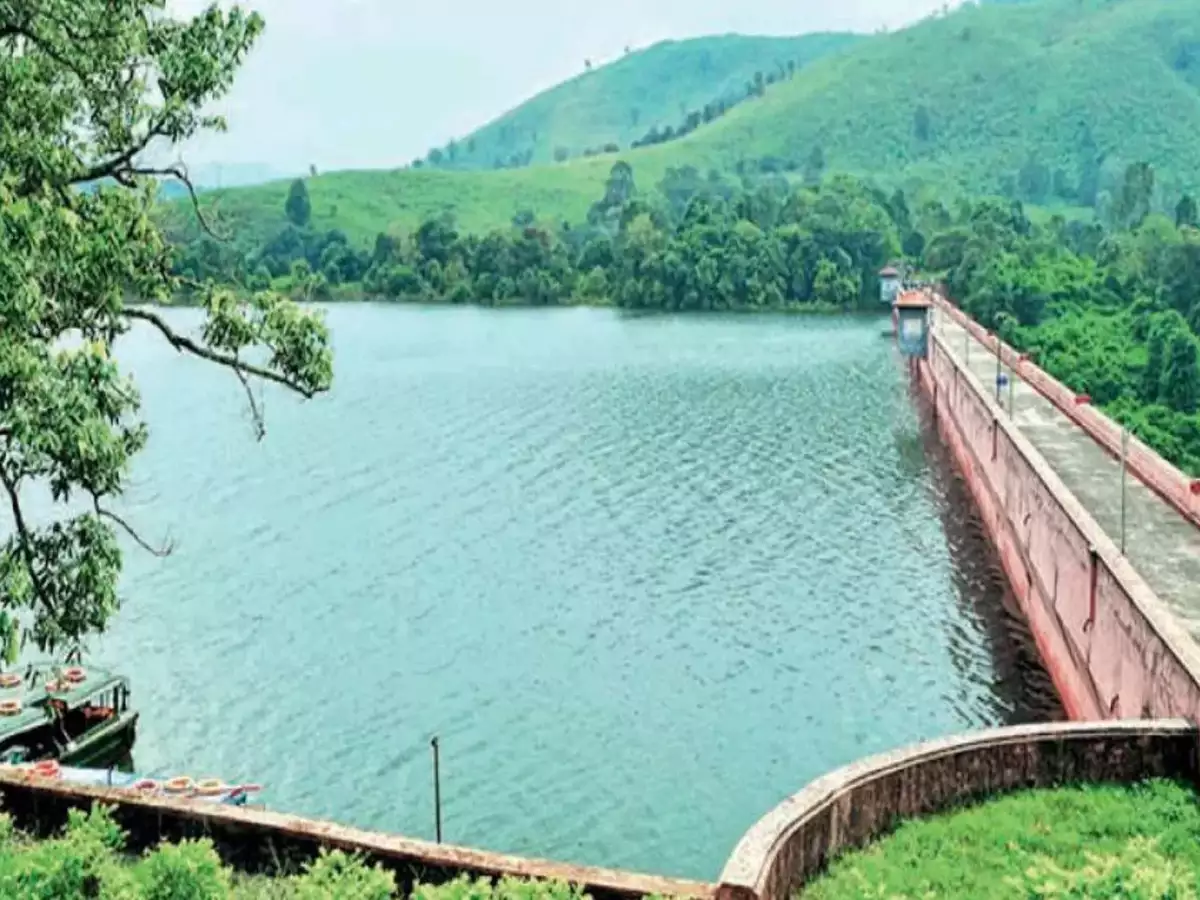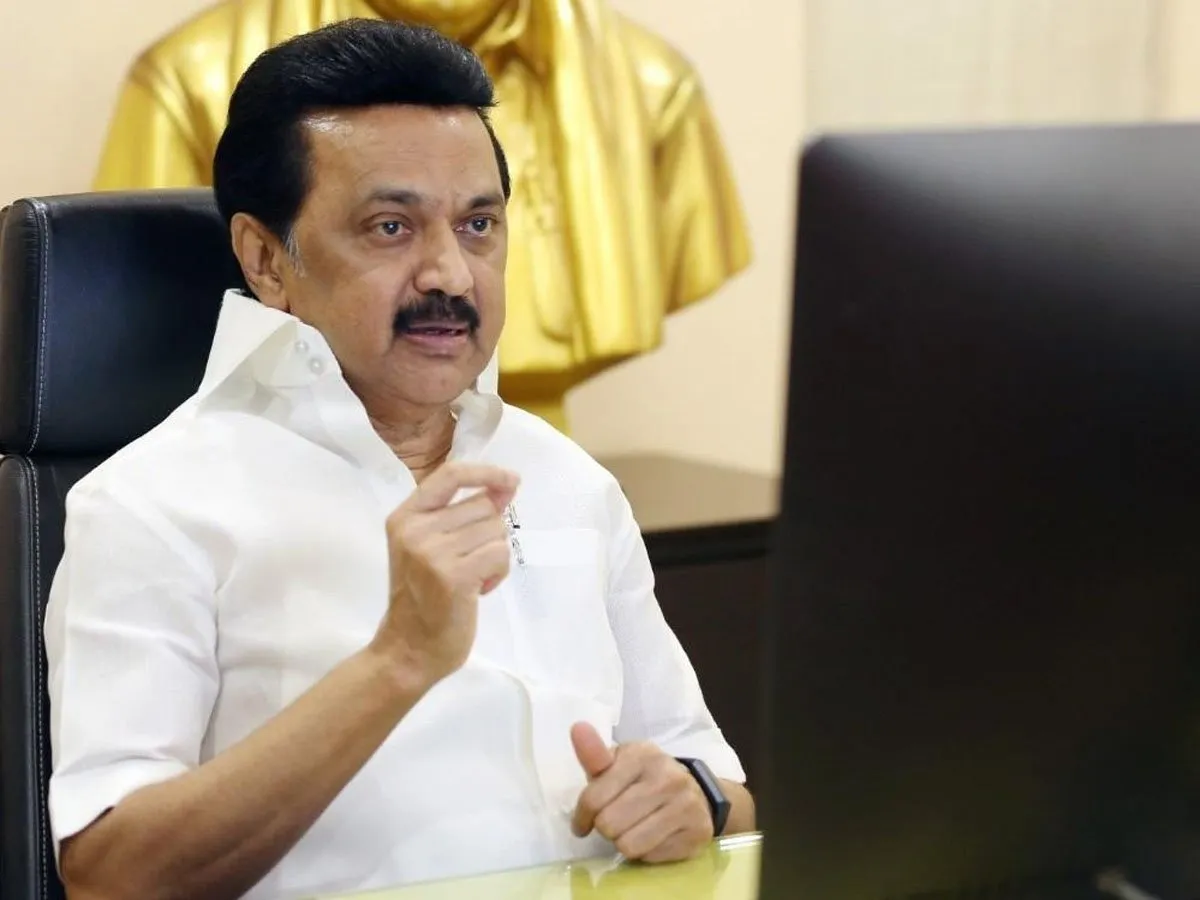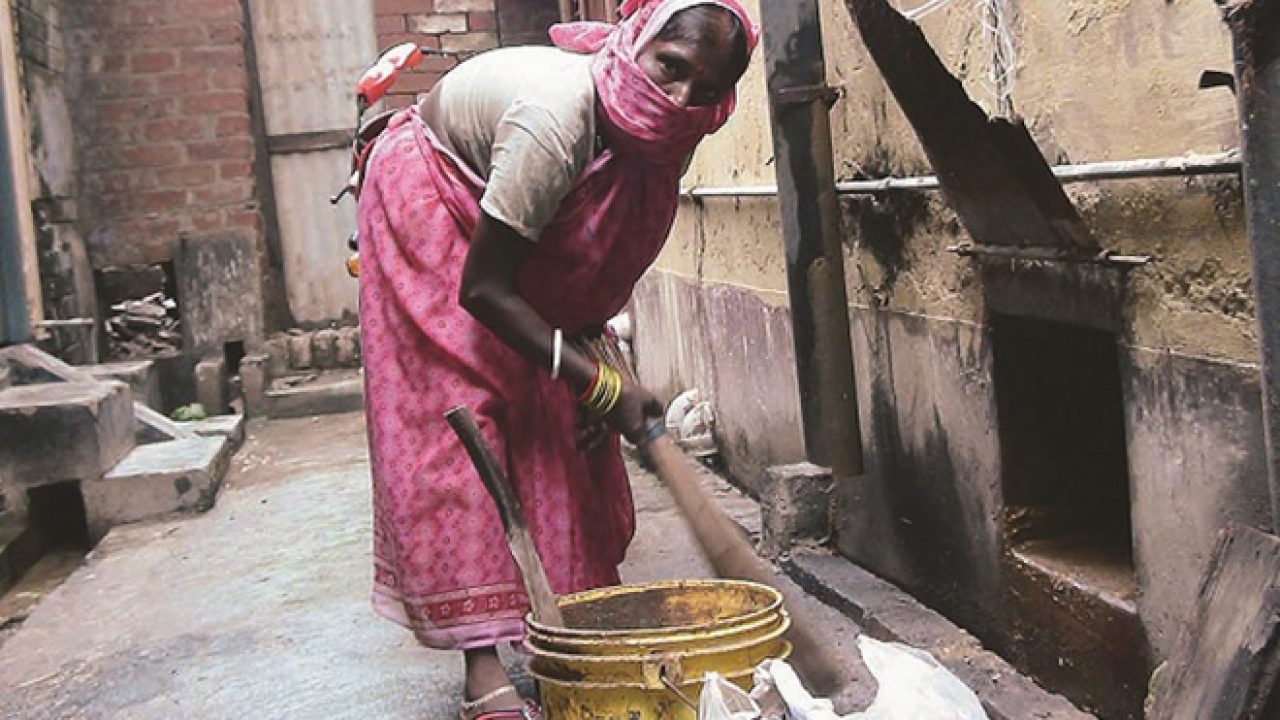
New Delhi, Apr 5 (PTI) The Supreme Court Tuesday said the supervisory committee on the 126-year-old Mullaperiyar Dam can be asked to carry out all the statutory functions until a regular authority under the Dam Safety Act 2021 is established.
The apex court made the suggestion after the Centre said the National Dam Safety Authority (NDSA) under the Act will become fully functional in one year while a temporary structure can be made functional within a month.
The government told a bench headed by Justice A M Khanwilkar that the top court may consider that the supervisory committee, which already has a representative from Tamil Nadu and Kerala, may continue its functioning.
The top court is hearing pleas raising issues about the Mullaperiyar Dam, which was built in 1895 on the Periyar river in the Idukki district of Kerala.
Since you are suggesting that the supervisory committee can continue, we will say, in addition to the task assigned under the orders of this court, the supervisory committee hereafter shall carry out all the statutory functions under this Act until a regular committee is established, the bench, also comprising Justices A S Oka and C T Ravikumar, said.
The bench said all the activities covered under this Act would be taken care of by the committee.
This may be a working arrangement. It is not a regular arrangement ., the apex court said.
The bench observed that it will record the assurance given about the timeline of one year.
At the outset, Additional Solicitor General (ASG) Aishwarya Bhati said it will take one year for the authority under the Act to become fully functional.
But what we are recommending to your lordships is that your lordships may consider that the supervisory committee has also been formed by your lordships’ judgement. That may continue. Already it has representatives from Tamil Nadu and Kerala, the ASG said.
She said the top court may consider asking the chief secretaries of both the states to nominate an expert each in the committee.
We will say, for all purposes, the supervisory committee will discharge all the activities until further orders are passed by this court so the national committee, so far as this dam is concerned, will not get involved for the time being, the bench said, adding there would be clarity then.
The top court observed that dam stability and its structural issue is a delicate situation.
So, this is a way forward, perhaps. All of you may give some better suggestions, the bench said while posting the matter for hearing on April 7.
It said this is a simple arrangement for the time being to be immediately adopted.
Even the Union government will have no issue on that for the time being because they are not in a position to deliver immediately under the Act. The committee is not there. Other logistical issues will have to be taken care of, the bench said.
The apex court said it would issue direction to the Centre that all infrastructural facilities may be extended to the supervisory committee so that it can effectively carry out the functions and duties under the Act.
When the ASG said the court may consider that both the chief secretaries can nominate one expert each in the committee, the bench said, We will strengthen the supervisory committee .
Bhati said recommendations made by the committee would be worthless if they are not carried out.
We will give liberty to the supervisory committee to come back immediately if there is any issue which requires the immediate attention of the court, the bench said.
Minutes can be prepared on this line if you accept this arrangement, including on strengthening the existing supervisory committee by adding one expert member each from both the states, it said.
On March 31, the court had asked the Centre to file a note detailing the time frame and also when the NDSA, envisaged under the 2021 Act, would be functional.
The bench was told that the Act has come into force and its provisions may be a way for resolution of the impasse in the Mullaperiyar Dam matter.
Bhati, appearing for the Central Water Commission (CWC) and the supervisory committee, had told the bench about the Act and said the legislation has come into force.
During the hearing earlier, the top court had observed that the issue raised by Kerala, which has said that process for setting up a new dam in the downstream reaches of the existing dam should start, can be debated, discussed, and resolved by the supervisory committee which can make its recommendation on this.
The counsel appearing for Kerala had earlier told the apex court that the process for setting up a new dam in the downstream reaches of the existing dam should start and the upper rule level of Mullaperiyar Dam should be 140 feet and not 142 feet.
The Kerala government had earlier said that “no amount of rejuvenation” can perpetuate the dam and there is a limit to the number of years one can keep dams in service through maintenance and strengthening measures.
In its response to the affidavit filed by Kerala, the state of Tamil Nadu had earlier said that repeated assertion of Kerala and petitioners from there in the pleas filed from time to time seek to decommission the existing dam and construction of a new dam, which is wholly impermissible in the light of the apex court verdict on the safety of the dam.
“The dam has been found to be hydrologically, structurally, and seismically safe, Tamil Nadu had said.








